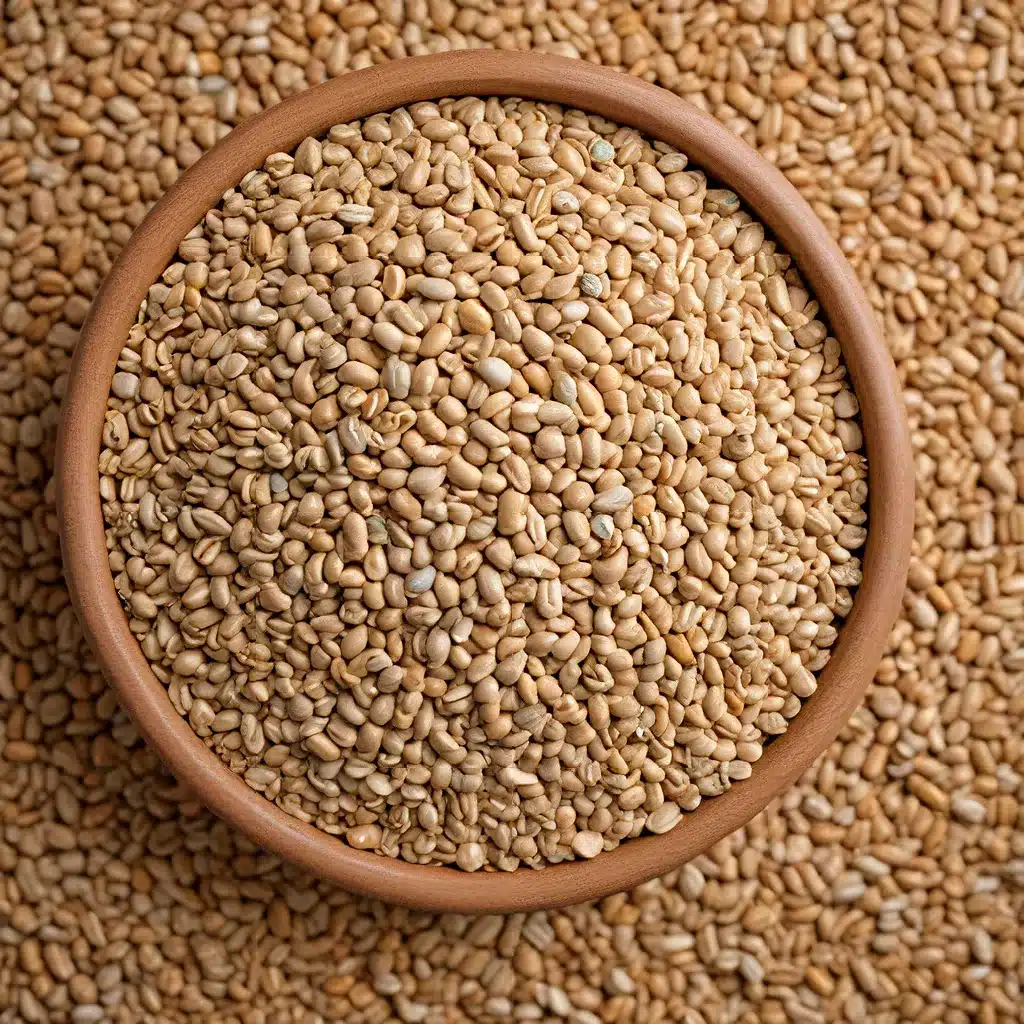
Unraveling the Mysteries of Malt
As a self-proclaimed homebrewing enthusiast, I’ve always been fascinated by the intricate dance between fermentation, hops, and the diverse world of grains. But it wasn’t until I stumbled upon the captivating realm of specialty grains that my brewing journey truly took an unexpected turn.
You see, I used to be content with the standard pale ale and IPA recipes, relying on the trusty duo of Pilsner and caramel malts. But then, like a curious explorer venturing into uncharted territory, I decided to delve deeper into the vast array of specialty grains. And let me tell you, it was a revelation!
From the earthy aromas of smoked malts to the subtle sweetness of flaked oats, each grain unlocked a new dimension of flavor, challenging me to rethink everything I thought I knew about crafting the perfect brew. It was like discovering a hidden treasure trove, where every sip held the promise of something extraordinary.
Unleashing the Power of Specialty Grains
As I immersed myself in the world of specialty grains, I quickly realized that these unsung heroes of the homebrewing world held the key to unlocking a whole new realm of possibilities. Graham cracker porter, raw ales, and even sour beers – the options were seemingly endless, and I couldn’t wait to experiment.
Take the humble graham cracker porter, for example. I’ve always been a sucker for that cozy, toasted sweetness, and when I stumbled upon a Reddit thread discussing the potential of this mythical brew, I knew I had to give it a try. The thread was a goldmine of insights, hinting at the magic that could be achieved by carefully crafting a porter with the right combination of specialty grains.
But graham crackers were just the tip of the iceberg. As I delved deeper into the world of specialty grains, I discovered the enchanting realm of raw ales, where the age-old tradition of unboiled wort became a gateway to a whole new flavor profile. Brewing Nordic enlightened me on the nuances of this ancient technique, revealing how the absence of the wort boil could create a unique creaminess and umami-like character.
Embracing the Unexpected
As a homebrewer, I’ve always relished the thrill of the unexpected, and specialty grains have become my faithful companions in this endeavor. Whether it’s experimenting with the earthy notes of smoked malts or the tantalizing tartness of sour beers, each new venture into the unknown has left me with a renewed sense of excitement and a deepened appreciation for the art of brewing.
Take, for instance, my recent foray into the realm of sour ales. I’ve always been intrigued by the complexities of these bold, tart creations, but the thought of introducing wild yeast and bacteria into my brew always felt daunting. That is, until I stumbled upon a thread on HomebrewTalk that shed light on the potential of using raw wort as a foundation for sour ales. The idea of embracing the natural fermentation flavors without the need for a wort boil was simply too intriguing to ignore.
Crafting the Extraordinary
As I’ve delved deeper into the world of specialty grains, I’ve come to realize that the true magic lies not just in the individual ingredients, but in the way they can be woven together to create something truly extraordinary. It’s like a symphony, where each grain plays a unique role in the overall harmony of the brew.
Take the raw ale, for instance. By skipping the wort boil, I’ve discovered that the natural proteins and polyphenols in the grain can contribute a silky mouthfeel and an array of unexpected flavors – from creamy notes to subtle umami undertones. And when combined with the right hops, the result is a beer that’s both refreshingly crisp and delightfully complex.
But the real beauty of specialty grains lies in their ability to inspire creativity. Whether it’s experimenting with the roasty goodness of smoked malts or the hint of sweetness from flaked oats, each new recipe becomes a canvas for me to paint my brewing dreams.
Embracing the Unexpected
Of course, exploring the world of specialty grains isn’t without its challenges. There have been moments when my experiments have fallen flat, leaving me scratching my head and wondering where I went wrong. But rather than letting those setbacks discourage me, I’ve learned to embrace the unexpected as an integral part of the homebrewing journey.
After all, what’s the fun in brewing if it’s always predictable? The true joy comes from pushing the boundaries, from navigating the uncharted waters of flavor combinations and fermentation techniques. And when I finally crack the code, when I uncover that perfect balance of grains that elevates my brew to new heights, the sense of accomplishment is simply unparalleled.
Discovering the Unexpected
As I stand here, surveying the ever-evolving landscape of homebrewing, I can’t help but feel a sense of excitement for what the future holds. Who knows what other hidden gems of specialty grains are waiting to be discovered, just waiting to be unlocked and transformed into something truly remarkable?
Perhaps it’s a porter with the comforting essence of graham crackers, or a raw ale that defies convention with its layers of complexity. Or maybe, just maybe, it’s a sour beer that takes the world of tart and funky flavors to unexpected new heights.
One thing’s for sure: as long as I have the unwavering support of the homebrewing community and the endless possibilities of specialty grains at my fingertips, the journey ahead promises to be nothing short of extraordinary. So, let’s raise a glass to the art of homebrewing, and to the endless potential that lies within the world of specialty grains. Cheers!
And if you’re ever in the mood to explore the wonders of homebrewing, be sure to stop by The Up & Under Pub – we’d be more than happy to share a pint and swap stories of our latest brewing adventures.

